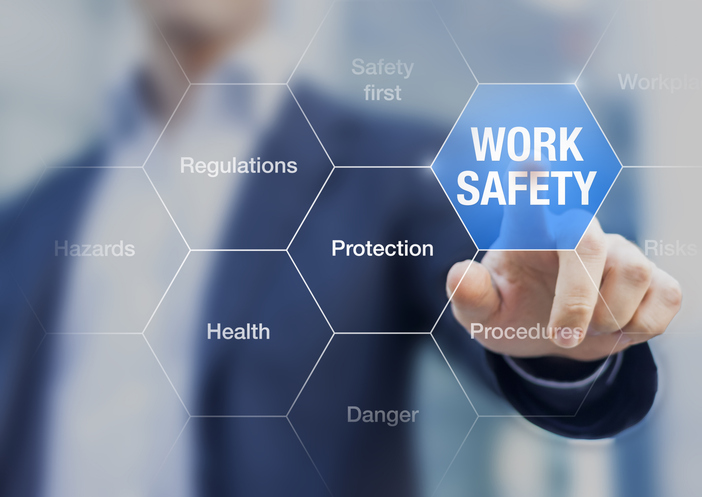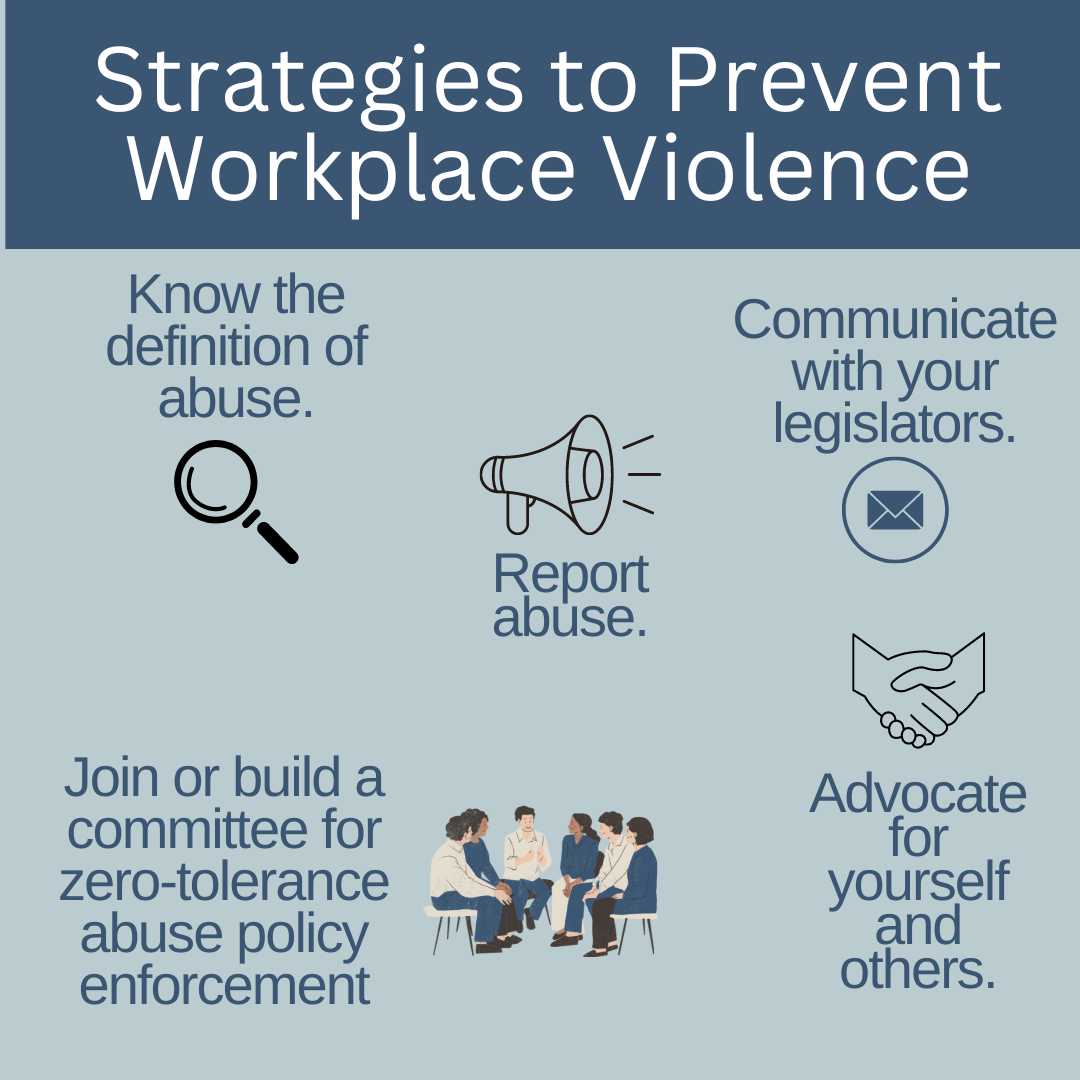Discovering Reliable Techniques and Methods for Applying Office Violence Prevention Programs in Organizations
Workplace physical violence continues to be a crucial issue for organizations, necessitating the execution of durable avoidance programs. Understanding the dynamics of workplace violence and the components that contribute to efficient avoidance is necessary for promoting a safe atmosphere.
Recognizing Workplace Violence
Comprehending office physical violence is important for promoting a productive and risk-free atmosphere. Office physical violence incorporates a variety of behaviors that can happen in different types, consisting of physical assaults, risks, verbal abuse, and even harassment. Such occurrences can emerge from social problems, job-related stressors, or external factors and can substantially interfere with business procedures.
The effects of workplace physical violence expand past prompt physical injury; they can additionally lead to psychological trauma for victims, decreased employee morale, and enhanced absenteeism. Organizations might encounter legal obligations and reputational damages as a result of fierce incidents. Recognizing the various sorts of office physical violence is vital in order to efficiently deal with and minimize the threats connected with these actions.
Efficient management of work environment violence starts with comprehending its hidden causes. Inevitably, a comprehensive understanding of office violence is a fundamental step towards creating a resistant and secure business culture.
Trick Parts of Avoidance Programs
A successful office violence avoidance program is built on numerous key elements that collectively produce a safer atmosphere for staff members. Initially, a clear and detailed policy outlining the organization's commitment to avoiding work environment violence is essential. This plan should define what constitutes workplace violence and the consequences for violations.
2nd, threat analyses should be on a regular basis performed to determine prospective risks and vulnerabilities within the work environment (california workplace violence prevention). Comprehending the certain dangers connected with an organization's environment enables tailored interventions
Third, event coverage mechanisms should be established to urge staff members to report any problems or occurrences without concern of revenge. This openness promotes a culture of safety and accountability.

Finally, leadership dedication is critical; monitoring needs to actively support and participate in prevention efforts. Their involvement sets a tone of seriousness pertaining to the concern and urges a cumulative method to safety.
Training and Education Strategies
Applying reliable training and education and learning methods is essential for outfitting staff members with the understanding and skills essential to acknowledge, avoid, and react to workplace violence. Comprehensive training programs need to be customized to the certain demands of the company and its workforce, considering the special risks related to various workplace.
Educating must include numerous subjects, including the recognition of indication, de-escalation techniques, and the relevance of promoting a supportive office society. Engaging techniques such as interactive workshops, role-playing scenarios, and study can boost learning retention and motivate aggressive involvement amongst employees.
Furthermore, recurring education is essential. Consistently scheduled correspondence course guarantee that staff members remain informed regarding the most up to date best methods and behavior patterns related to work environment physical violence. Including feedback systems, such as studies or focus groups, can assist companies evaluate the performance of their training initiatives and make required adjustments.
Reporting and Reaction Systems
Reliable reporting and feedback mechanisms are crucial for addressing events of office violence immediately and successfully. Organizations must develop clear protocols that empower workers to report cases without anxiety of retaliation. These devices need to include multiple reporting networks, such as confidential hotlines, e-mail, and in-person reporting choices, guaranteeing that all employees really feel risk-free and supported when revealing cases.
Additionally, it is vital to educate employees on just how to use these reporting systems efficiently. Training needs to highlight the relevance of timely coverage, as very early intervention can stop acceleration and advertise a more secure job atmosphere. Upon receiving a report, companies should have a structured reaction plan that consists of prompt evaluation of the circumstance, assistance for affected individuals, and interaction with legislation enforcement if essential.
Furthermore, organizations should ensure that investigations are conducted quickly and extensively, sticking to legal and honest requirements. Transparency in the action procedure can construct trust fund amongst employees and show the company's dedication to safety - california workplace violence prevention. Normal evaluations of the reporting and response mechanisms will certainly assist determine areas for improvement, inevitably boosting the overall effectiveness of workplace physical violence avoidance programs
Reviewing Program Performance
Evaluating the effectiveness of office physical violence avoidance programs is important for ensuring they meet their desired objectives and adjust to the progressing needs navigate to this website of the organization. This process involves a methodical analysis of both qualitative and quantitative data to figure out program impact, employee perceptions, and overall office safety and security.
Key metrics for assessment might include case prices of workplace violence before and after program execution, staff member feedback with surveys, and the usage prices of reporting mechanisms. Routinely set up assessments allow organizations to identify gaps in their programs and attend to any kind of emerging risks quickly.

It is important to establish clear standards and goals prior to program execution, which will certainly help with an extra efficient examination process. By constantly fine-tuning and monitoring prevention approaches, organizations can develop a safer job environment and dramatically minimize the danger of office violence. Ultimately, reliable assessment makes sure that avoidance programs stay responsive and vibrant to the requirements of the workforce.
Conclusion
In verdict, the execution of effective office violence prevention programs requires an extensive approach that incorporates clear plans, normal danger assessments, and durable training. Involving academic strategies and accessible coverage devices improve worker involvement and responsiveness. Leadership dedication plays an important function in growing an encouraging organizational society. Continuous assessment through comments and case metrics makes certain recurring refinement and improvement of these programs, eventually contributing to a safer and much more resistant work atmosphere.

In final thought, the application of efficient office physical violence avoidance programs necessitates a comprehensive technique that integrates clear policies, routine threat analyses, and durable training.